Enjoy tea in New Year holiday, Chinese tea fragrance floating around the world
日期:03-01-2024Carry a box of good tea to visit relatives and friends, bestie party punch a "stove to cook tea", nest in the home bed to see the "big family" in costume dramas add tea...... Nowadays, drinking tea has become a new fashion, and people call it "the DNA of the Chinese people has moved!"
China is the first country in the world to plant tea, make tea and taste tea. The core of Chinese tea culture is influenced by philosophical thoughts such as Taoism, Confucianism and Buddhism. It has already become a carrier to enhance the spiritual world and reflects the way of harmonious coexistence between China and the world.
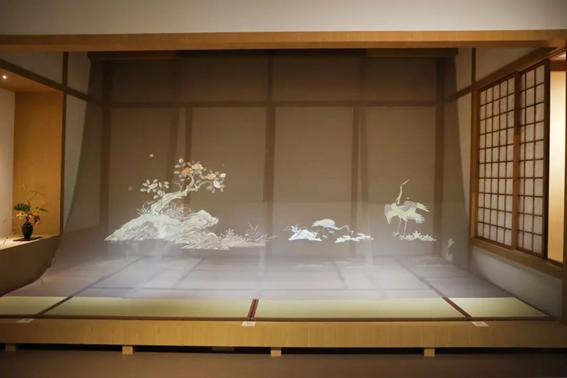
Since the Tang Dynasty, Chinese tea culture was introduced into Japan along with Zen Buddhism. After integrating the local social life in Japan, it formed cultural activities with multiple elements of religion, art and culture. Tea ceremony is no longer just a tea drinking ceremony, but also a way of aesthetic experience and spiritual cultivation.
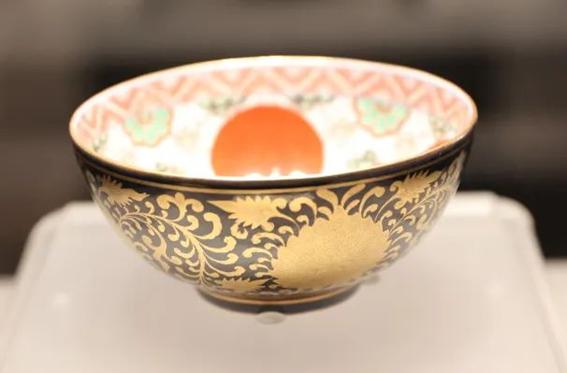
Tea's entry into the world -- Evolution history
China is the hometown of tea. Tea culture is extensive and profound, and has a long history. Since Shennong discovered tea after tasting hundreds of herbs, tea has entered the daily life of Chinese people and penetrated into every field of society. At the same time, under the influence of Confucianism, Buddhism and Taoism, the present tea ceremony culture has gradually formed.
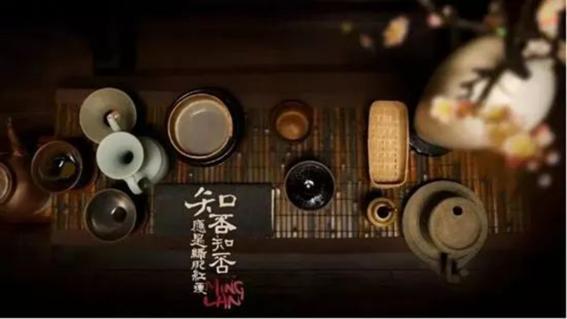
Photo from TV drama " The Story of Ming lan "
The influence of Chinese tea culture extends all over the world, from the technology of tea planting and tea making to the habit of drinking and tasting tea, to the building of tea sets and teahouses, as well as the profound concept of tea ceremony imperceptibly. They are all a silhouette of the great beauty of China.
Artisans from other countries have also re-created it and formed their unique "tea ceremony".
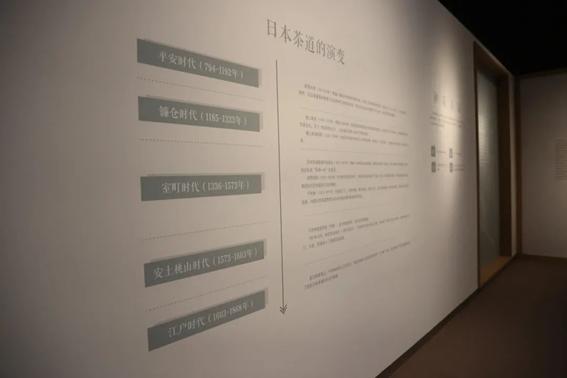
Entering the Tao with tea -- the thought of tea Ceremony
Chirikyu, the master of Japanese tea ceremony, laid the core idea of Japanese tea ceremony, continued the thought of Murata Zhuguang that "Buddhism is in the tea soup", changed the tea ceremony thought proposed by Zhuguang "respect for Qingshitang" to "respect for Qingshitang", and determined the basic idea and spirit of Japanese tea ceremony.
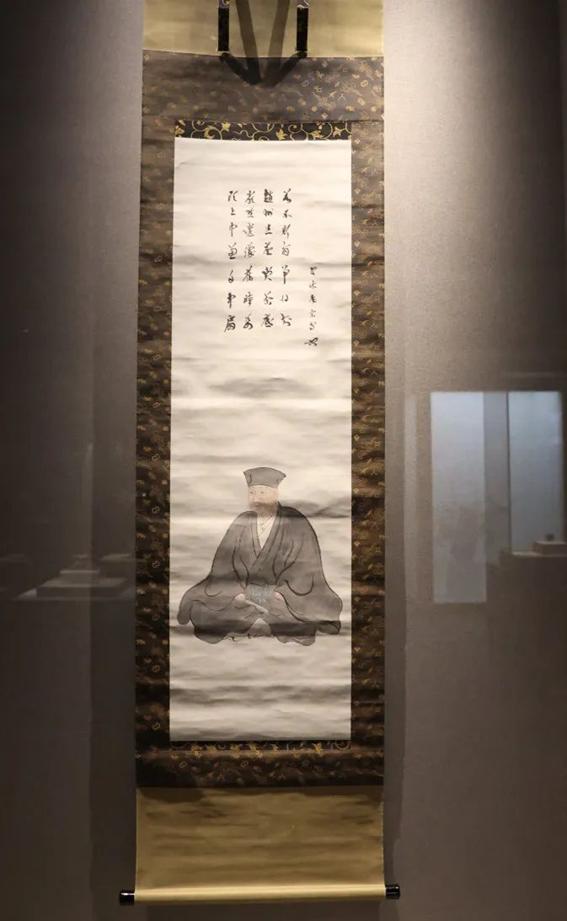
Chirikyu portrait hanging shaft
Ink on paper in the first half of the 20th century
Harmony: The state of harmonious coexistence between man and nature.
Respect: Respect for people, things, and nature.
Peace: The environment is clean and quiet, and the host and guest are quiet and quiet.
Silence: The highest concept of tea and Zen unity, without external interference, to achieve self-realization and self-harmony.
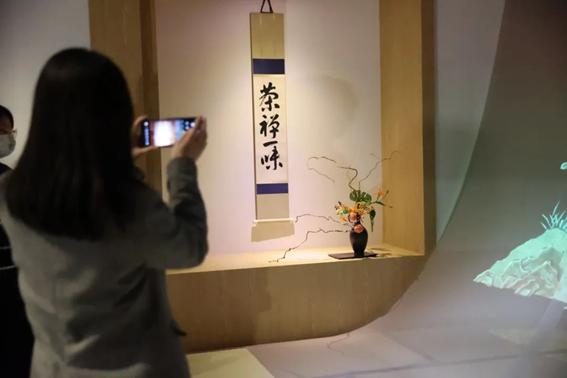
Works appreciation --"Harmony" in exquisite vessels
China's tea rhyme emphasizes the time, geography and people, only the combination of high-quality tea, good water, excellent environment and exquisite tea sets can realize the tea rhyme contained in tea, so "harmony" represents the tea itself.
Japanese tea ceremony culture also pursues "harmony", but their "harmony" refers to reconcile, which is the mutual coordination between various environmental conditions.
For example, in the tea room, the tea master's flower arrangement pays attention to coordination with the surrounding environment.

Bowl of Kinran-de type
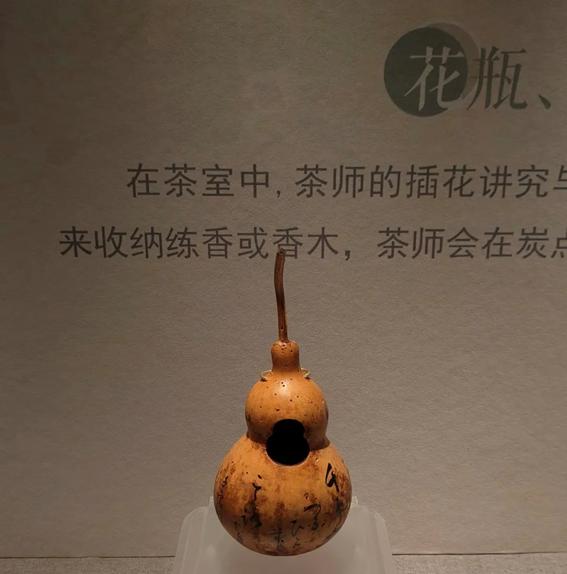
Gourd-shaped vase
A small incense box is used to hold the incense or incense wood, and the tea master will drop the incense into the fire before the charcoal is lit.
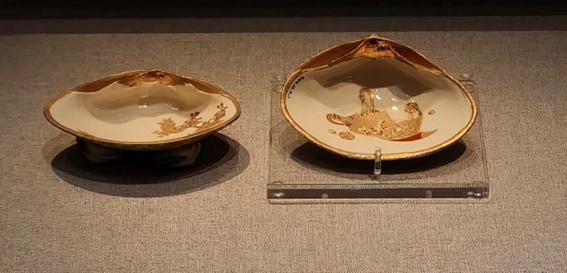
Clam shaped incense box
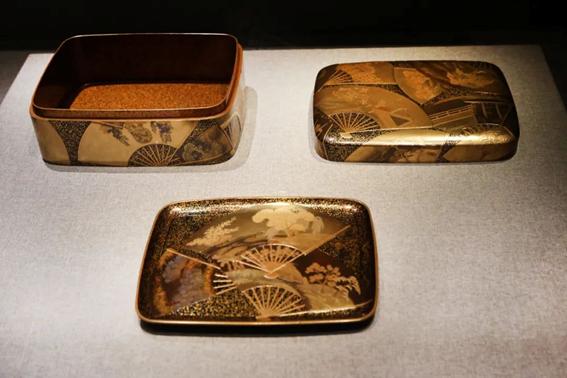
Incense box with fans

Persimmon shaped incense box
An indispensable variety of exquisite utensils complement the beautiful teahouse scene.
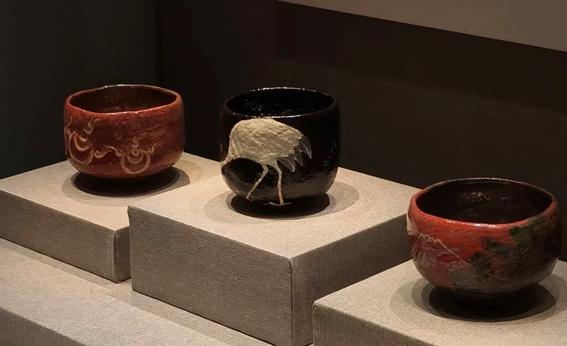
Teacup
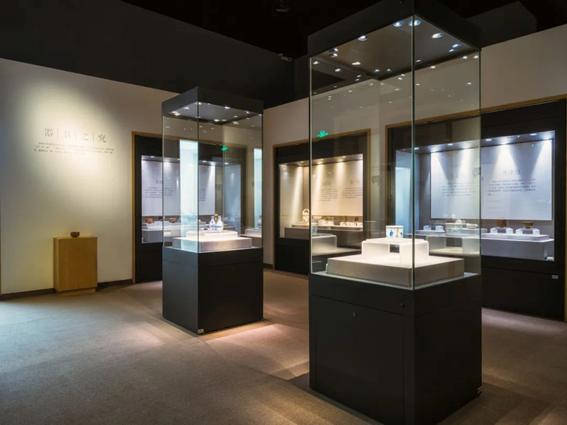
Field display
They pursue the promotion of spiritual connotation through rigorous technique steps, exquisite utensils and objects.
Zhao Jizhuan, one of the Song emperors, used the above-mentioned poems in Treatise on Tea, Grand View on Teato, to describe the process of tea drawing in Song Dynasty which Intends to describe with the tea whisk beaten tea soup and water injection, the color of the tea gradually cheerful. There are large and small bubbles in the cup, like many jewels accumulation, scattered and distinct. The matcha technique of the Japanese tea ceremony is also learned from this.
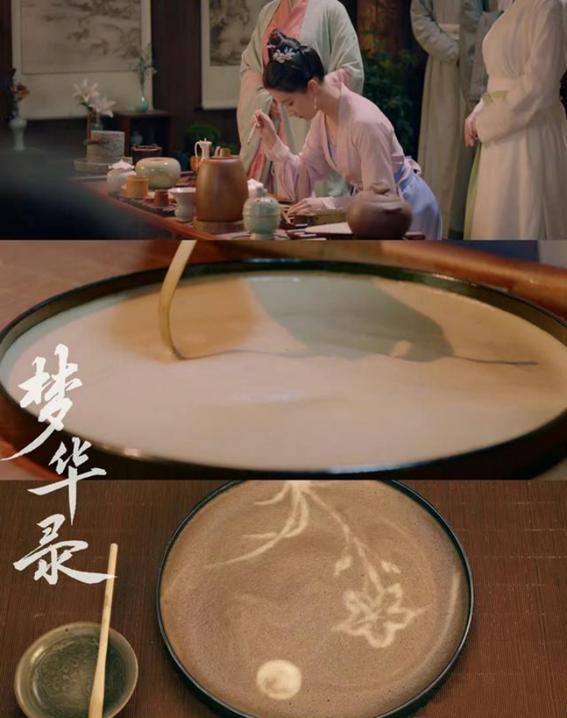
Photo from television drama "Dream Hualu" tea drawing scene
Japanese teahouses are elegantly furnished. They often imitate Zen temples in a simple yet elegant style. In addition, the Japanese tea ceremony has a cumbersome process and requirements for the specified procedures, and there are strict regulations on the decoration and layout of the tea room.
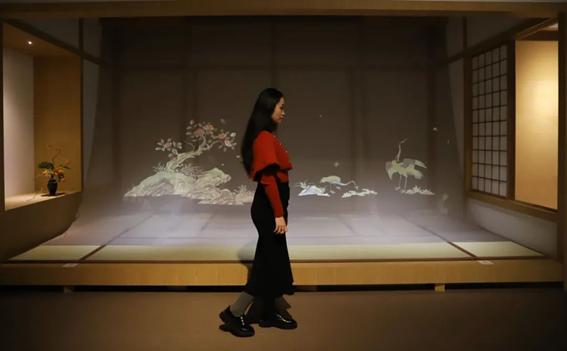
The first unit of the " Pure Elegance of Eastern Aesthetics ――Highlights from the Japanese Collection of the Royal Ontario Museum of Canada " has arranged the same teahouse scene. Welcome to visit and glad to see you in the World Expo Museum.
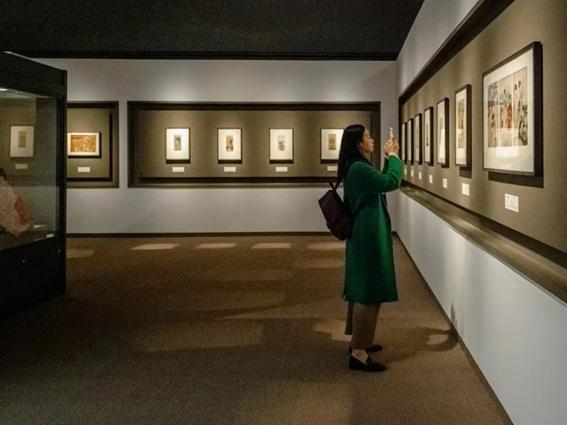
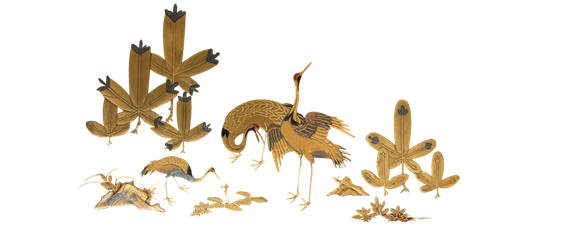
Chinese tea, tea trees, tea-drinking customs and tea-making techniques have spread to the world with the development of Sino-foreign cultural exchanges and commercial trade.
From tea producing areas to places without tea, tea has always been one of the important materials circulating on the Silk Road and the ancient Tea Horse Road. From neighboring countries to the ocean, tea culture has exchanged and learned from each other in different times, regions and ethnic groups, making world civilization more colorful.
Photography: Lin Qiandie